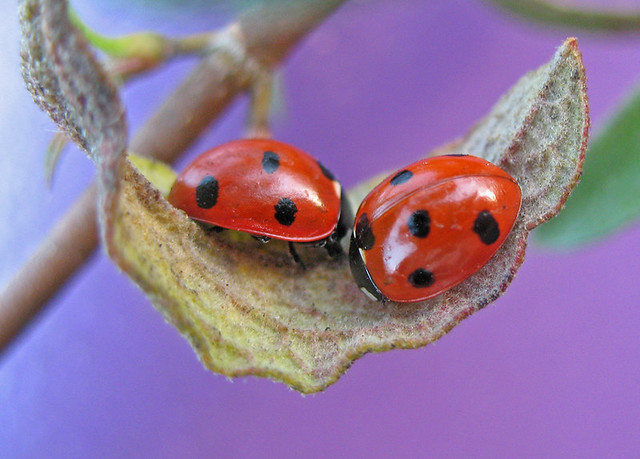.
![Ladybird | by Jasmic]()
John Clare (1793-1864): Clock-a-Clay, composed at Northampton Asylum between 1842 and 1864, from John Clare:The Later Poems, edited by Eric Robinson and David Powell, 1984
![]()
![Ladybirds - lots of them! | by nutmeg66]()
Ladybirds -- lots of them! [Lincolnshire] -- especially 7-spots :-). Check out all the aphids too!: photo by nutmeg66, 26 July 2009
![Ladybird lovin' | by nutmeg66]()
Ladybird lovin' [Lincolnshire]. A pair of pine ladybirds (Exochomus quadripustulatus) get a bit of action. Their heart-shaped splodges were kind of appropriate for today's love-fest. Handheld, natural light.: photo by nutmeg66, 17 April 2007 ![~ Ladybug Ladybird ~ | by ViaMoi]()
A 22-spot yellow-punctuated ladybird (Psyllobora vigintiduopunctuata), Dresden, Lower Saxony: photo by Olaf Leillinger, 25 September 2005
![]()
![]()
![]()
A 22-spot Ladybird (Psyllobora vigintiduopunctata) on a curled stalk with a waterdrop. This species measures 3mm-4mm and is yellow or black with 20-22 black spots. The pronotum has five discrete black spots. Host plant: various, particularly hogweed. Overwinters in low herbage; feeds on mildews: photo by Jef Meul via The Guardian, 27 October 2015
![]()
San Zeno Polyptych (central panel): Andrea Mantegna, 1457-60, tempera on panel (San Zeno, Verona)
![]()
San Zeno Polyptych (central panel, detail): Andrea Mantegna, 1457-60, tempera on panel (San Zeno, Verona)
![]()
San Zeno Polyptych (central panel, detail): Andrea Mantegna, 1457-60, tempera on panel (San Zeno, Verona)
![Embedded image permalink]()
Three dew-dappled 7-spot ladybirds in @SheringhamNT this morning: image via Chris Doward @ChrisDoward, 28 December 2015
![Embedded image permalink]()
Dew-dappled 7-spot ladybirds in @SheringhamNT this morning. @UKLadybirds @BBCSpringwatch @insectweek: image via Chris Doward @ChrisDoward, 28 December 2015
![Embedded image permalink]()
Another view of same ladybirds. At least 12 there. @SheringhamNT @UKLadybirds @BBCSpringwatch @insectweek: image via Chris Doward @ChrisDoward, 28 December 2015
![Embedded image permalink]()
Two-spot ladybird awake in the house this afternoon. Wilden, TL0954 @UKLadybirds: image via Andrew Green @nature_spotter, 28 December 2015
![Embedded image permalink]()
At least something is hibernating as the squirrels aren't #ladybird @UKLadybirds: image via Paul Fisher @DrFishmarketing, 28 December 2015
![Embedded image permalink]()
At least something is hibernating as the squirrels aren't #ladybird @UKLadybirds: image via Paul Fisher @DrFishmarketing, 28 December 2015
![Embedded image permalink]()
@UKLadybirds@iRecordWildlifespotted in my stepdaughters bedroom Christmas Eve.: image via Sue Reaper @ladybuglass, 24 December 2015
![Embedded image permalink]()
@UKLadybirds two 7-spots yesterday in a brief glimpse of sunshine: image via ArnoldTortoise @arnoldtortoise, 24 December 2015
![Embedded image permalink]()
Some active 7-spots found today, top one in picture was on approach to @SheringhamNT from U.Sher @UKLadybirds: image via Chris Doward @ChrisDoward, 19 December 2015
![Embedded image permalink]()
7-spot ladybird found at Spring Beck, Weybourne today @UKLadybirds: image via Chris Doward @ChrisDoward, 19 December 2015
![Embedded image permalink]()
One of a few clusters of ladybirds found today. Spring Beck, Weybourne. @UKLadybirds: image via Chris Doward @ChrisDoward, 19 December 2015
![Embedded image permalink]()
''The holly and the ladybirds.'@SheringhamNT 13/12/15 @UKLadybirds: image via Chris Doward @ChrisDoward, 19 December 2015
![Embedded image permalink]()
''Frosty the ladybirds.'@SheringhamNT 13/12/15 @UKLadybirds: image via Chris Doward @ChrisDoward, 19 December 2015
![Embedded image permalink]()
Invert highlights 2015: Heather Ladybird (Chilocorus bipustulatus) swept from heather in August @UKLadybirds: image via Ciará Byrne @kiwibyrne, 19 December 2015
![Embedded image permalink]()
![]()
Willy Lot's House: John Constable, c. 1810, oil on canvas, 25 x 30 cm (Victoria and Albert Museum, London)
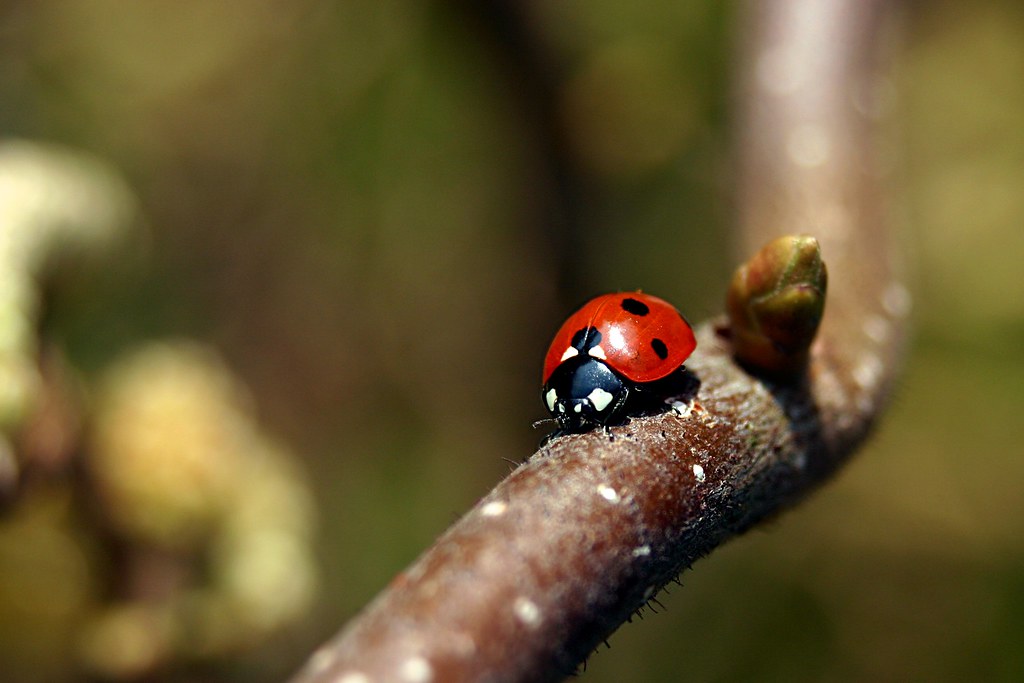
Seven-spot Ladybird. As I cut the grass in our UK front garden I spot a ladybird crawling up the Contorted Hazel Tree to warm itself in the early Spring sun. An insect to strike fear into tiny Aphid minds. The name ladybird comes from the Middle Ages when the colourful insects were known as "the beetle of Our Lady". They were named after the Virgin Mary because in early religious paintings she was often shown wearing a red cloak. The seven spots symbolise seven joys and seven sorrows.: photo by Jason, 25 March 2007
1
In the cowslips peeps I lye
Hidden from the buzzing fly
While green grass beneath me lies
Pearled wi’ dew like fishes eyes
Here I lye a Clock a clay
Waiting for the time o’day
2
While grassy forests quake surprise
And the wild wind sobs and sighs
My gold home rocks as like to fall
On its pillars green and tall
When the pattering rain drives bye
Clock a Clay keeps warm and dry
3
Day by day and night by night
All the week I hide from sight
In the cowslips peeps I lye
In rain and dew still warm and dry
Day and night and night and day
Red black spotted clock a clay
4
My home it shakes in wind and showers
Pale green pillar top’t wi’ flowers
Bending at the wild wind’s breath
Till I touch the grass beneath
Here still I live lone clock a clay
Watching for the time of day
In the cowslips peeps I lye
Hidden from the buzzing fly
While green grass beneath me lies
Pearled wi’ dew like fishes eyes
Here I lye a Clock a clay
Waiting for the time o’day
2
While grassy forests quake surprise
And the wild wind sobs and sighs
My gold home rocks as like to fall
On its pillars green and tall
When the pattering rain drives bye
Clock a Clay keeps warm and dry
3
Day by day and night by night
All the week I hide from sight
In the cowslips peeps I lye
In rain and dew still warm and dry
Day and night and night and day
Red black spotted clock a clay
4
My home it shakes in wind and showers
Pale green pillar top’t wi’ flowers
Bending at the wild wind’s breath
Till I touch the grass beneath
Here still I live lone clock a clay
Watching for the time of day
John Clare (1793-1864): Clock-a-Clay, composed at Northampton Asylum between 1842 and 1864, from John Clare:The Later Poems, edited by Eric Robinson and David Powell, 1984
John Clare, born in the rural village of Helpston, has been called the "greatest English poet ever to come from the labouring classes." A field worker from childhood, Clare nevertheless received a rudimentary education and became a great reader and writer of poetry and a brilliant nature writer. In this little poem, "Clock a Clay," he speaks in the voice of the insect you may know as a "ladybug" or "ladybird." The name "Clock a Clay" comes from the rural Northhamptonshire belief that you can tell time by counting the number of taps on the ground it takes to make a lady bug fly away. -- Susan Stewart
The ladybird’s name –- ‘Clock a Clay’ -– alludes to the idea that you can tell the time by her in much the same way as a dandelion-clock, as she sits on your hand while you count the hours before she flies away. There has always been a close story-telling link between the little beetle and her human observers, urging her away to save her house from fire and return her children to safety. Did this tale also inform Clare’s vision? No fire for him, either; she will be safe if it’s the last thing … ‘watching for the time of day’ (l. 24). Time for what; to be free, or to get on with everyday life? Is this the Last Trump? -- Sue Edney
Ladybirds. too, are ben trovato in my garden. Aristocrats among beetles are they, having, like queen bees, special post-office permits. More than once have I brought home in my handkerchief a colony of jeweled ladybirds to be reëstablished at the foot of some aphis- or scale-infested plant, sure that they will accomplish their modest mission on earth. -- Gilbert White (1720-1793): from My Garden Beasts
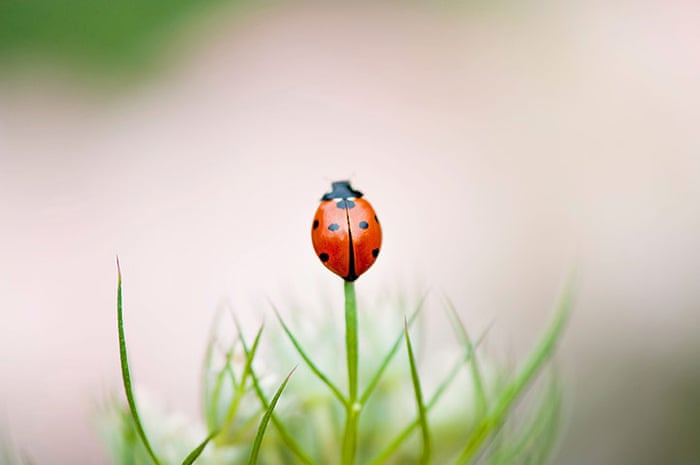
A 7-spot Ladybird (Coccinella septempunctata) on a Queen Anne's lace flower head. Probably the ladybird most frequently noticed in Britain, it is red with up to nine black spots and measures 5mm-8mm. Habitat: varied, but often low herbage. Overwinters in low herbage and in conifer foliage: photo by Jacky Parker/Alamy via The Guardian, 27 October 2015
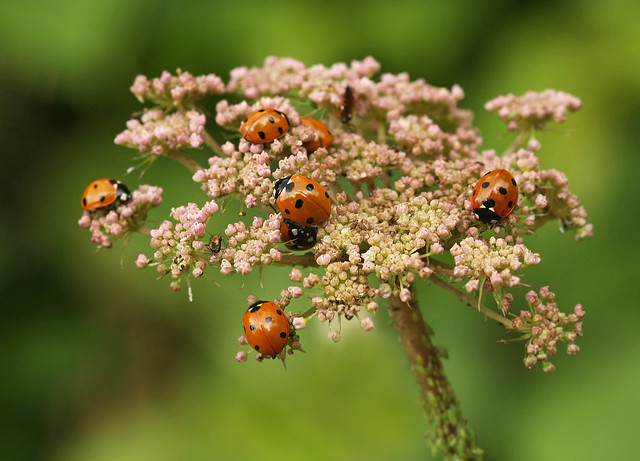
Ladybirds -- lots of them! [Lincolnshire] -- especially 7-spots :-). Check out all the aphids too!: photo by nutmeg66, 26 July 2009
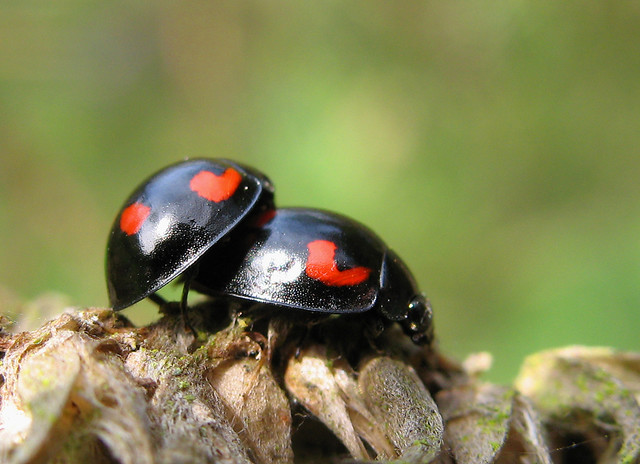
Ladybird lovin' [Lincolnshire]. A pair of pine ladybirds (Exochomus quadripustulatus) get a bit of action. Their heart-shaped splodges were kind of appropriate for today's love-fest. Handheld, natural light.: photo by nutmeg66, 17 April 2007
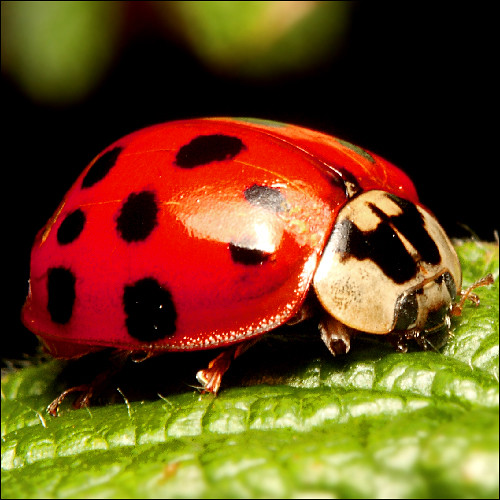
"Ladybug Ladybird"[Ottawa]: photo by Stuart Williams, 10 June 2009
Transverse Ladybird (Coccinella transvwesalis), Austins Ferry, Tasmania: photo by JJ Harrison, 27 August 2009
A 22-spot yellow-punctuated ladybird (Psyllobora vigintiduopunctuata), Dresden, Lower Saxony: photo by Olaf Leillinger, 25 September 2005
Seven-spot Ladybird (Coccinella septempunctuata), Oxfordshire: photo by Charlesjsharp, 18 October 2013
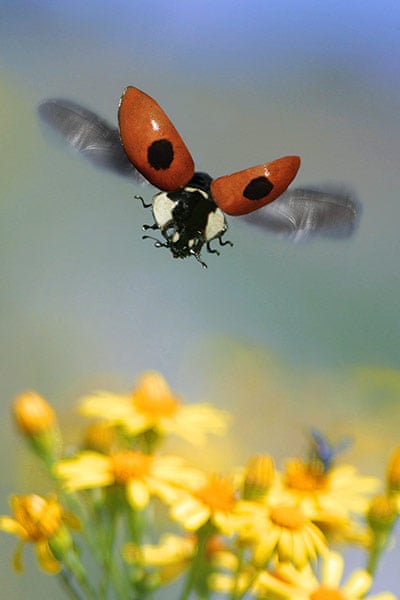
The two-spot ladybird (Adalia bipunctata) has up to 16 black or red spots, which can be very variable – in splodges or in a grid pattern. It is the ladybird which most commonly overwinters in buildings: photo by Jacky Parker/Alamy via The Guardian, 27 October 2015

The pine ladybird (Exochomus qadripustulatus) is round in shape with a pronounced rim around the margin of the wing cases. It is black with between two and four red spots; the spots at the outer front margin of the wing cases are comma-shaped. Inhabits needled conifers, sallows and willows, and overwinters in leaf litter, foliage and bark crevices of evergreen trees and shrubs: photo by Stefan Rosengren/Alamy via The Guardian, 27 October 2015
![]()
The harlequin ladybird (Harmonia axyridis) is an alien species, which is expected to spread rapidly as it outcompetes other species and is a major threat to them and some other insect groups. It has a yellow-orange, orange-red, red or black body with up to 21 orange-red or black spots, and white or cream spots, lines or solid marking on its pronotum (front plate): photo by Alamy via The Guardian, 27 October 2015
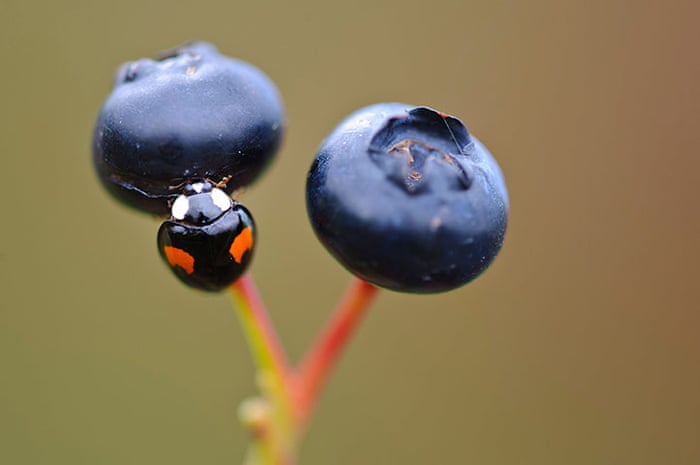
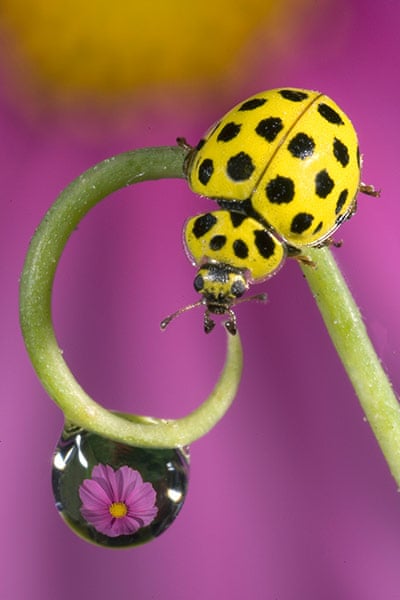
she was often shown wearing a red cloak

San Zeno Polyptych (central panel): Andrea Mantegna, 1457-60, tempera on panel (San Zeno, Verona)

San Zeno Polyptych (central panel, detail): Andrea Mantegna, 1457-60, tempera on panel (San Zeno, Verona)

San Zeno Polyptych (central panel, detail): Andrea Mantegna, 1457-60, tempera on panel (San Zeno, Verona)
While green grass beneath me lies Pearled wi’ dew like fishes eyes
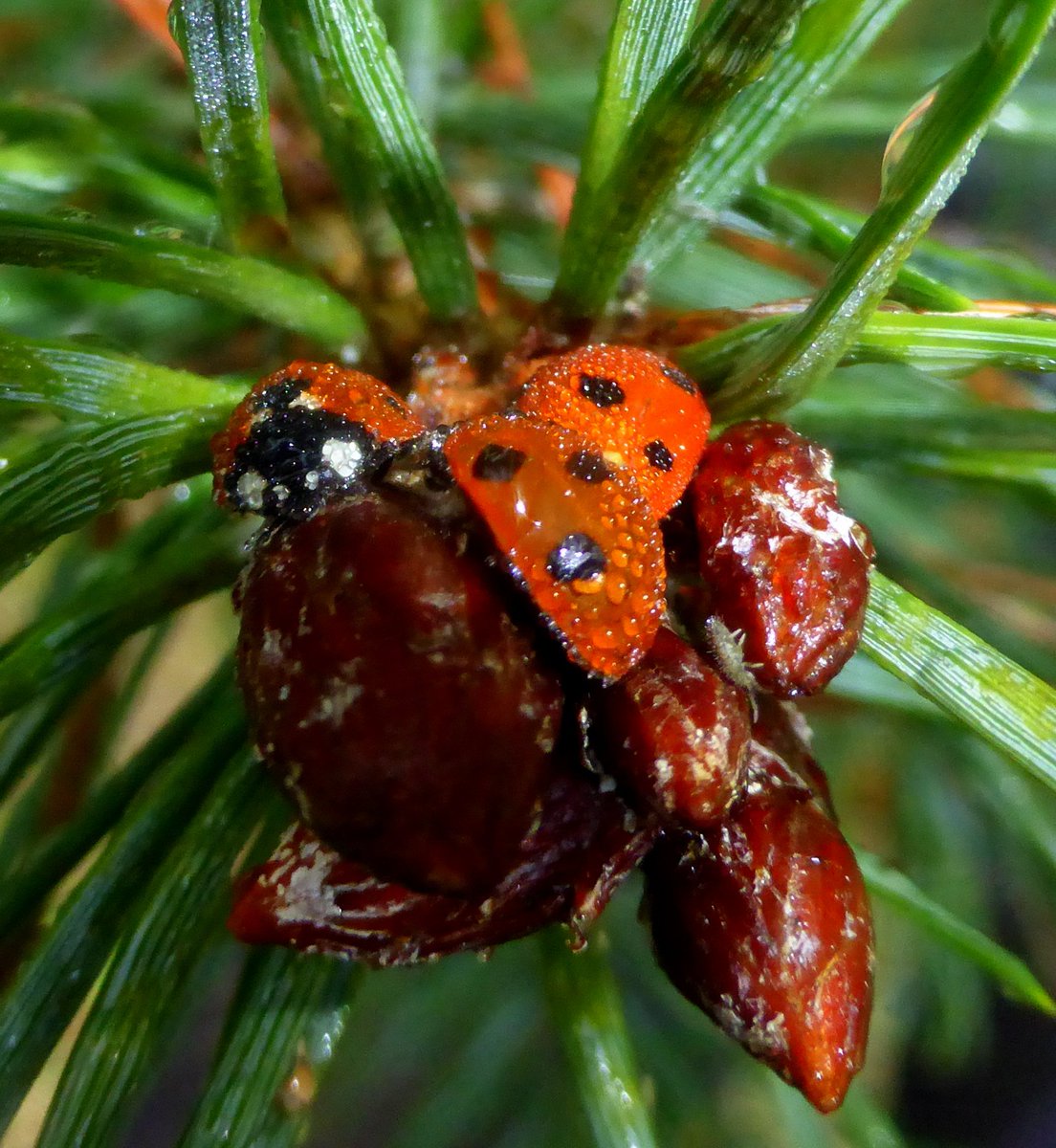
Three dew-dappled 7-spot ladybirds in @SheringhamNT this morning: image via Chris Doward @ChrisDoward, 28 December 2015
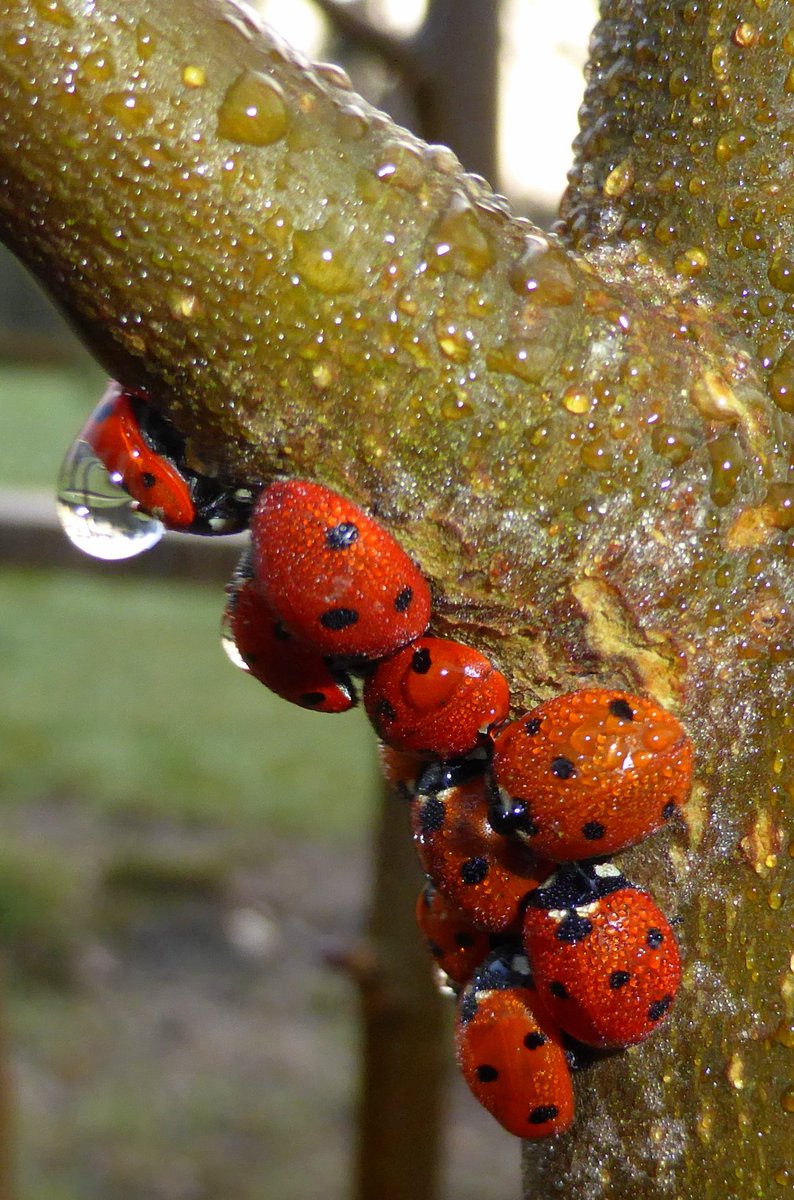
Dew-dappled 7-spot ladybirds in @SheringhamNT this morning. @UKLadybirds @BBCSpringwatch @insectweek: image via Chris Doward @ChrisDoward, 28 December 2015
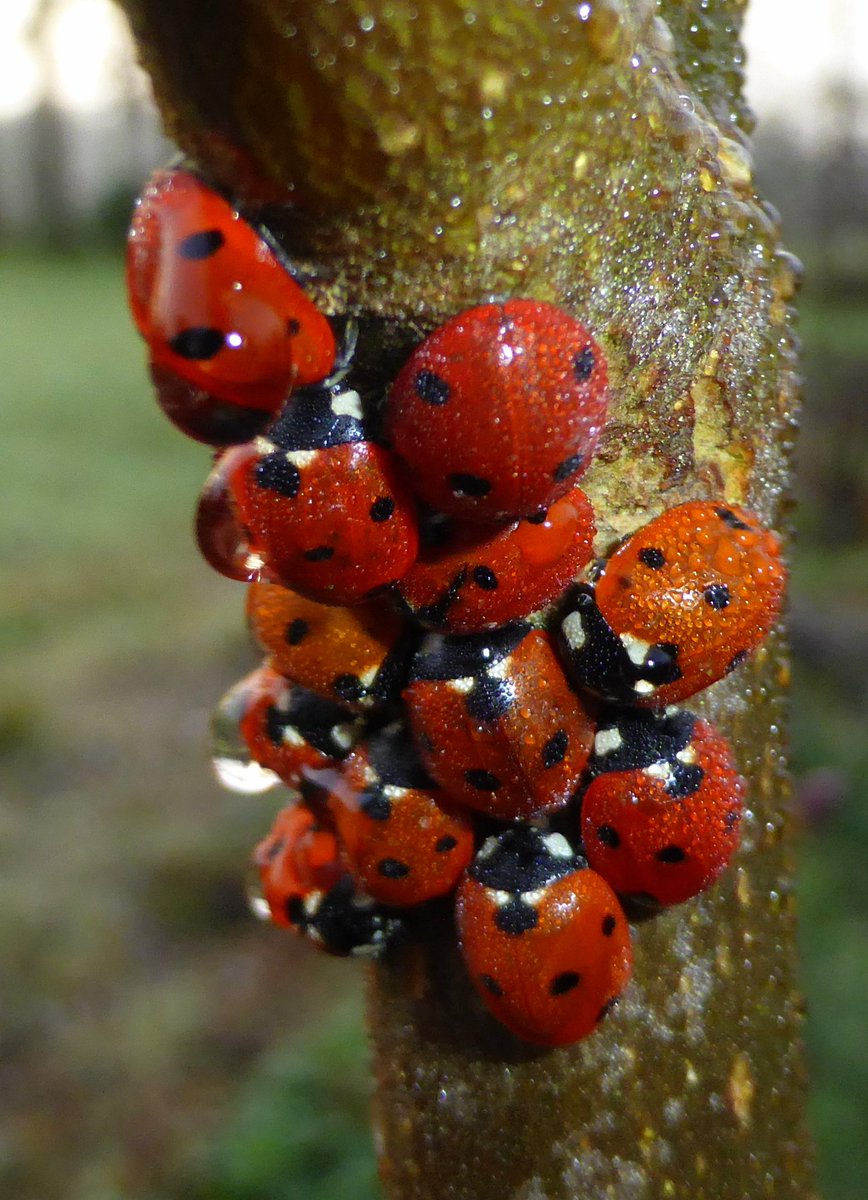
Another view of same ladybirds. At least 12 there. @SheringhamNT @UKLadybirds @BBCSpringwatch @insectweek: image via Chris Doward @ChrisDoward, 28 December 2015

Two-spot ladybird awake in the house this afternoon. Wilden, TL0954 @UKLadybirds: image via Andrew Green @nature_spotter, 28 December 2015

At least something is hibernating as the squirrels aren't #ladybird @UKLadybirds: image via Paul Fisher @DrFishmarketing, 28 December 2015

At least something is hibernating as the squirrels aren't #ladybird @UKLadybirds: image via Paul Fisher @DrFishmarketing, 28 December 2015
Aristocrats among beetles are they, having, like queen bees, special post-office permits
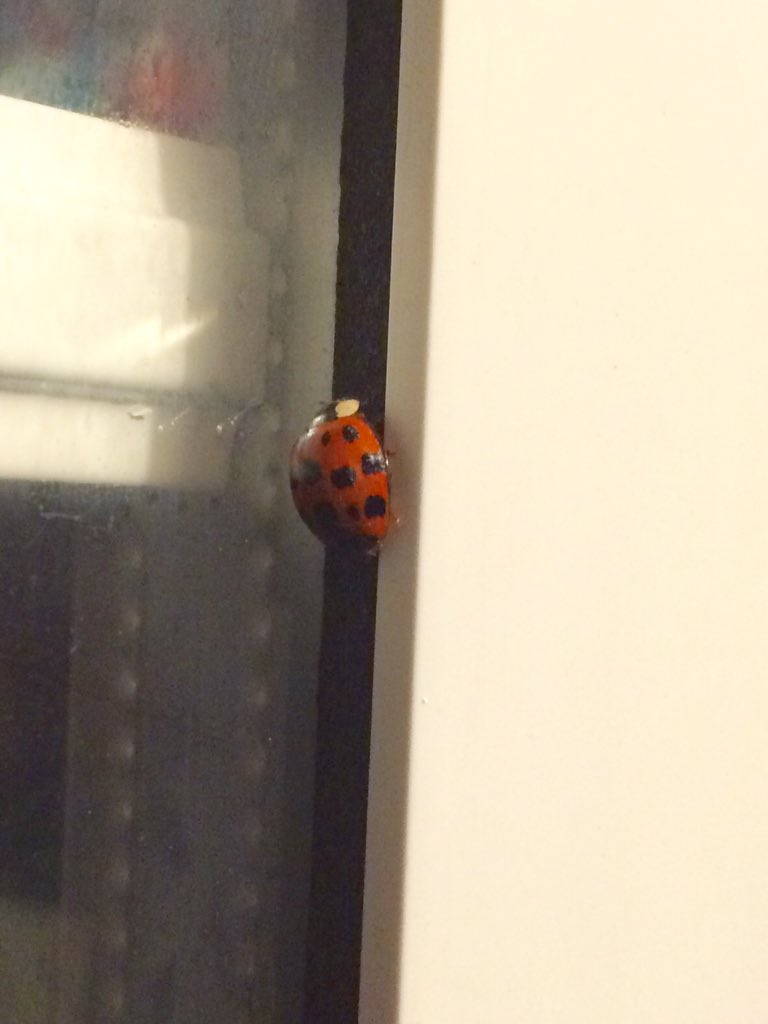
@UKLadybirds@iRecordWildlifespotted in my stepdaughters bedroom Christmas Eve.: image via Sue Reaper @ladybuglass, 24 December 2015

@UKLadybirds two 7-spots yesterday in a brief glimpse of sunshine: image via ArnoldTortoise @arnoldtortoise, 24 December 2015
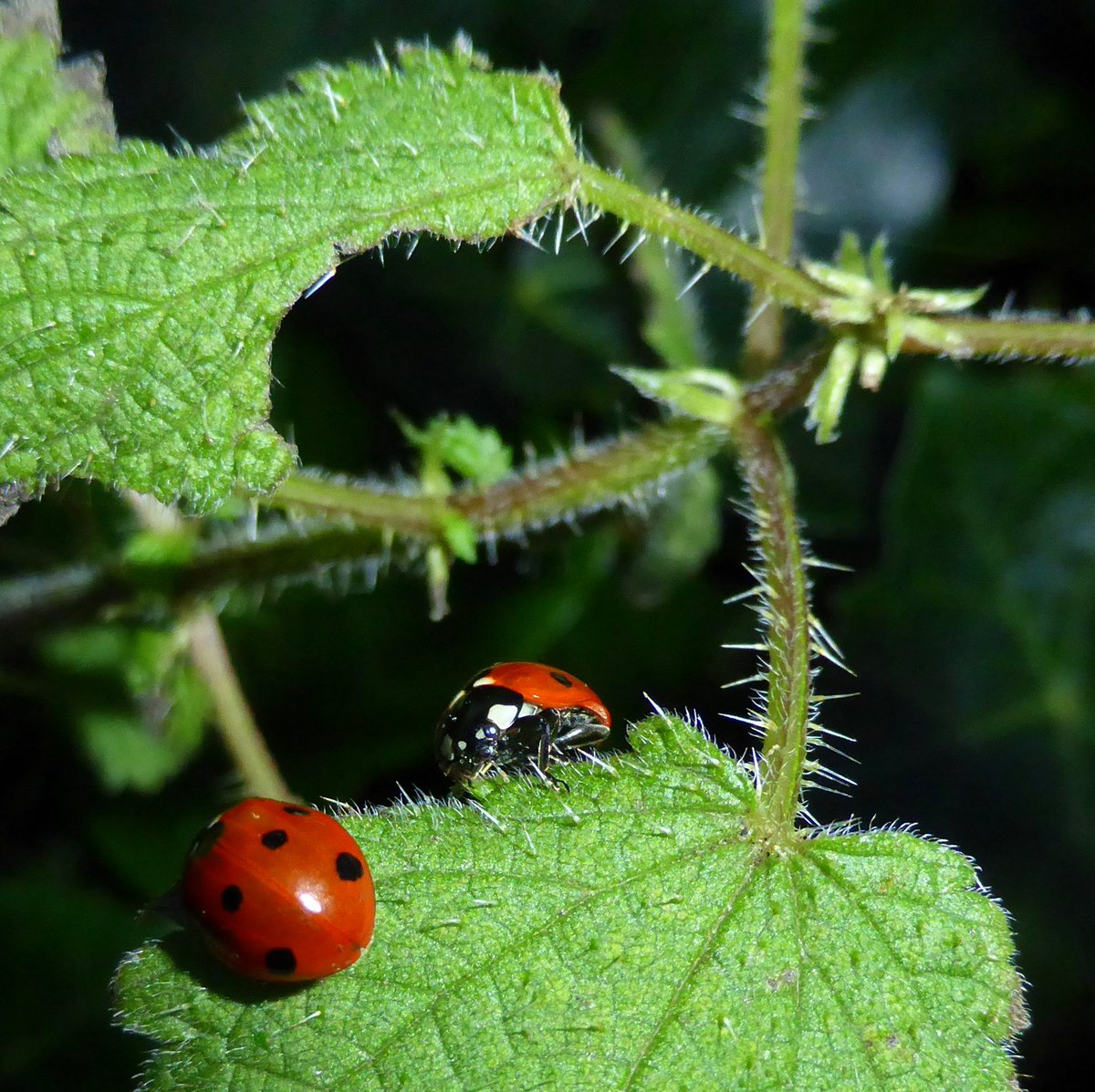
Some active 7-spots found today, top one in picture was on approach to @SheringhamNT from U.Sher @UKLadybirds: image via Chris Doward @ChrisDoward, 19 December 2015
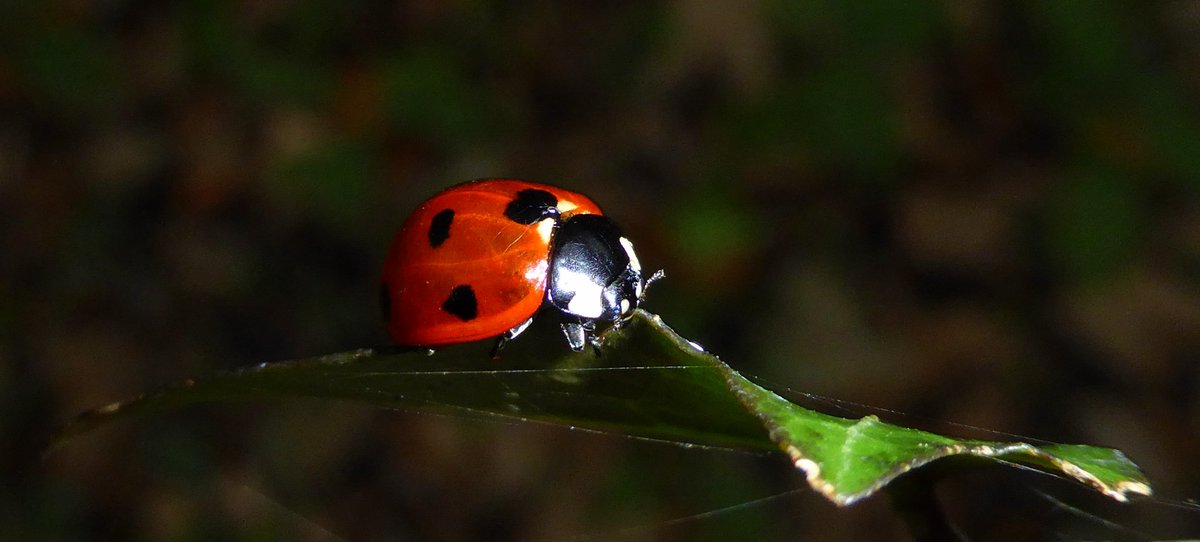
7-spot ladybird found at Spring Beck, Weybourne today @UKLadybirds: image via Chris Doward @ChrisDoward, 19 December 2015
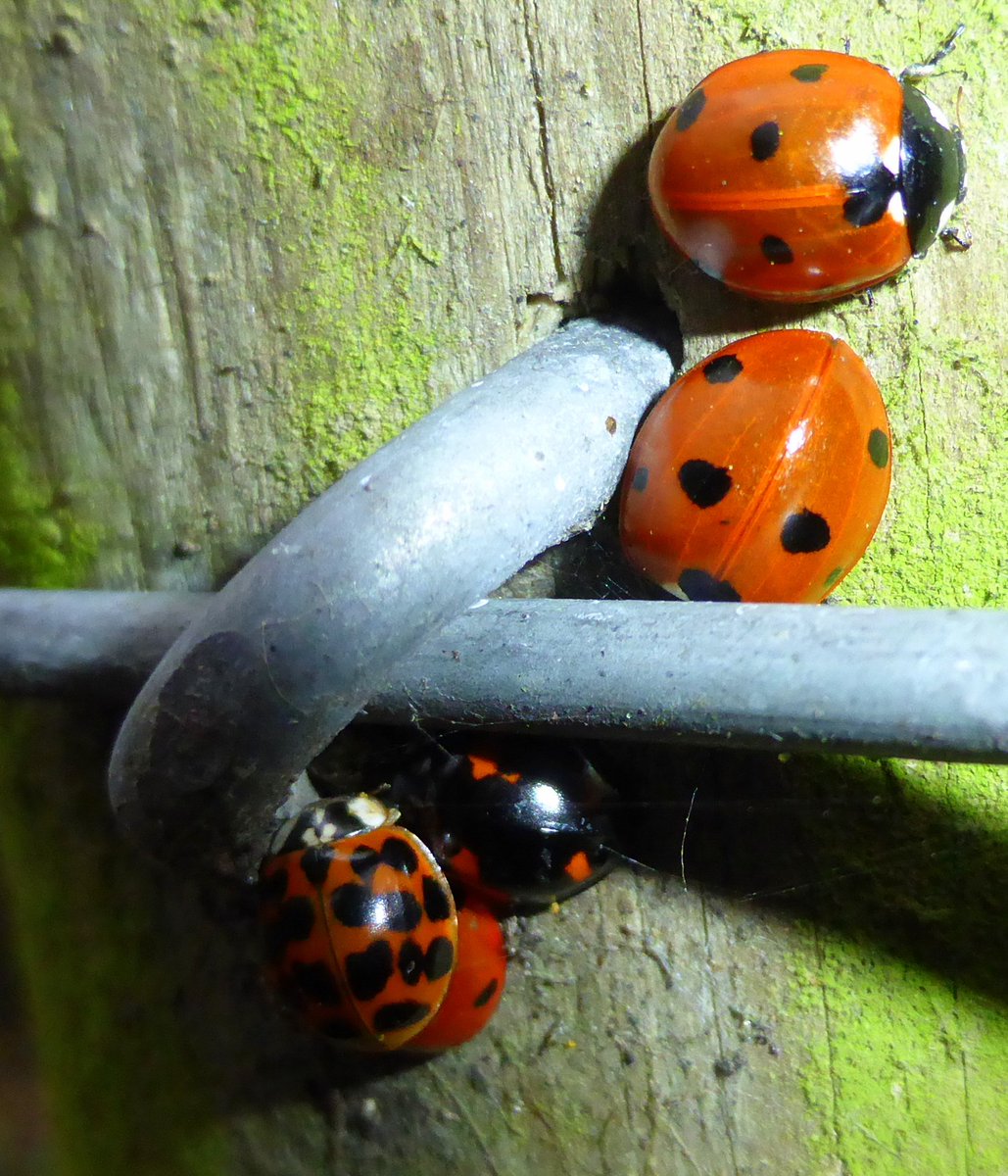
One of a few clusters of ladybirds found today. Spring Beck, Weybourne. @UKLadybirds: image via Chris Doward @ChrisDoward, 19 December 2015
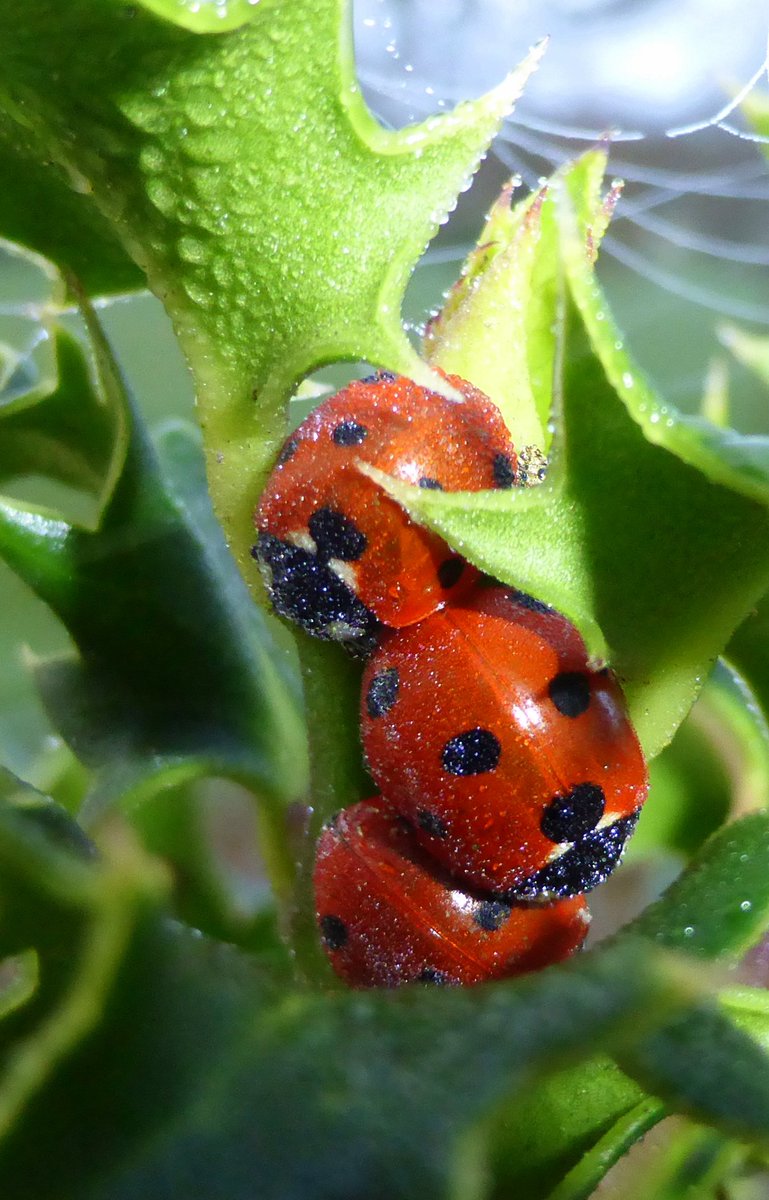
''The holly and the ladybirds.'@SheringhamNT 13/12/15 @UKLadybirds: image via Chris Doward @ChrisDoward, 19 December 2015
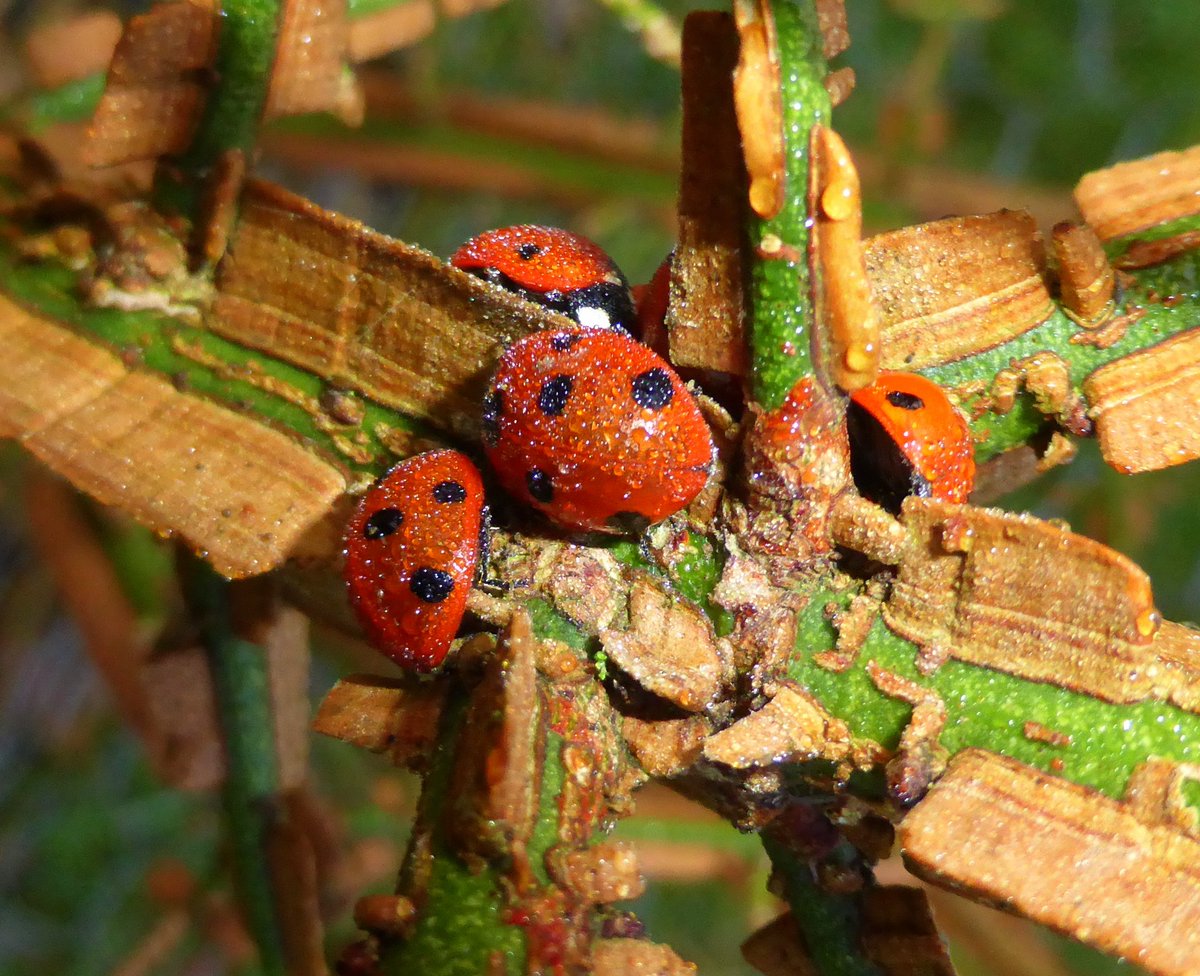
''Frosty the ladybirds.'@SheringhamNT 13/12/15 @UKLadybirds: image via Chris Doward @ChrisDoward, 19 December 2015
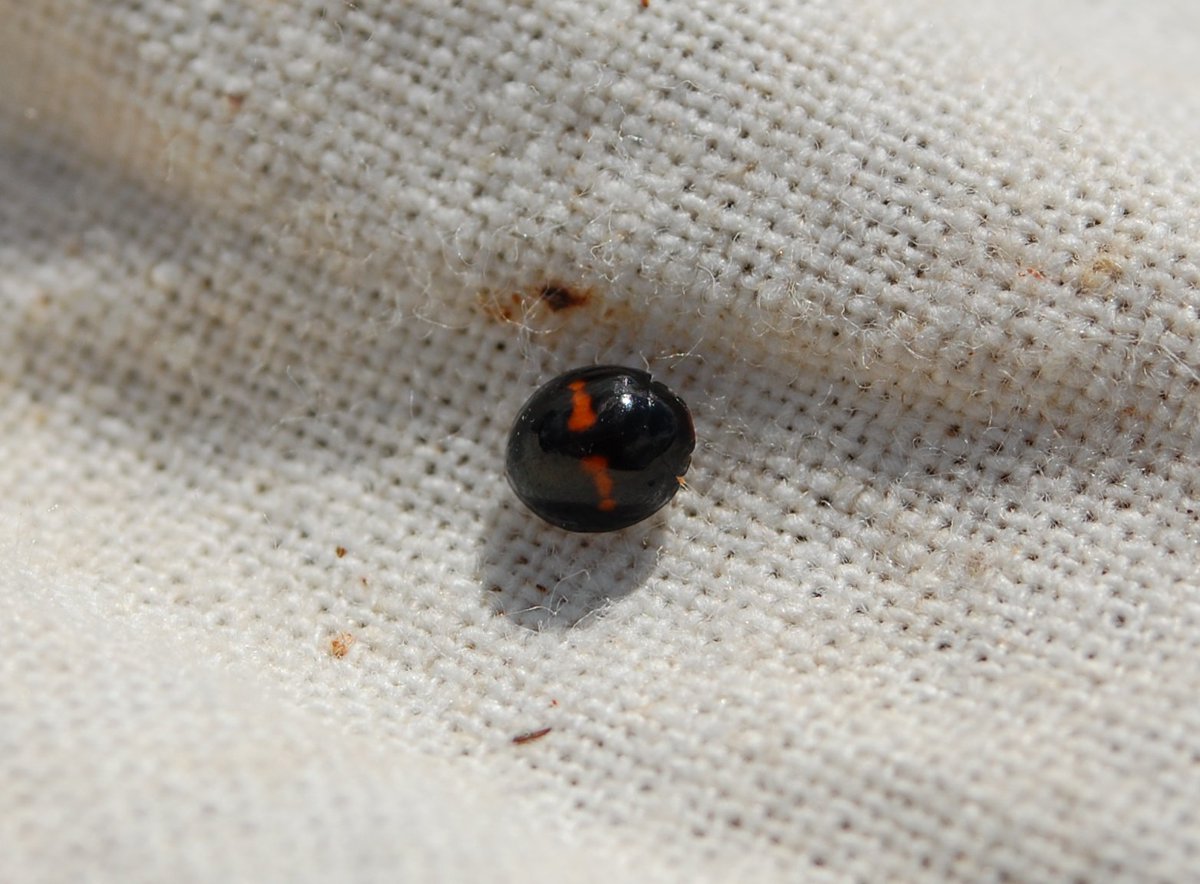
Invert highlights 2015: Heather Ladybird (Chilocorus bipustulatus) swept from heather in August @UKLadybirds: image via Ciará Byrne @kiwibyrne, 19 December 2015

7-spots & Orange Ladybirds hibernating together 16/12![Lady beetle 🐞]() @UKLadybirds: image via Gary snail @Garymysnail, 16 December 2015
@UKLadybirds: image via Gary snail @Garymysnail, 16 December 2015
 @UKLadybirds: image via Gary snail @Garymysnail, 16 December 2015
@UKLadybirds: image via Gary snail @Garymysnail, 16 December 2015Time for what; to be free, or to get on with everyday life?

Willy Lot's House: John Constable, c. 1810, oil on canvas, 25 x 30 cm (Victoria and Albert Museum, London)
